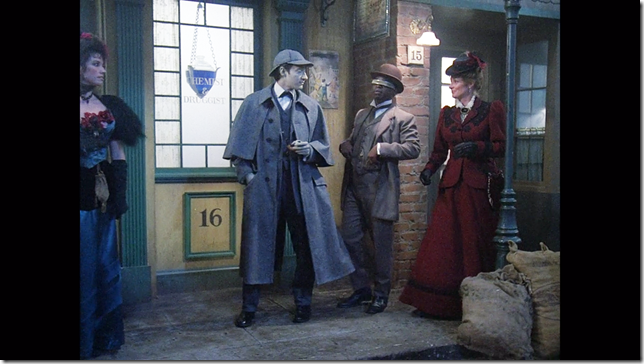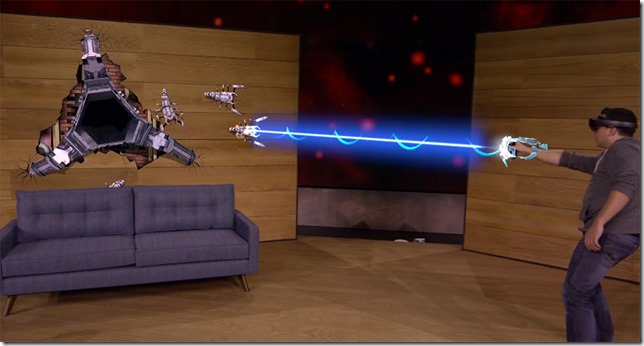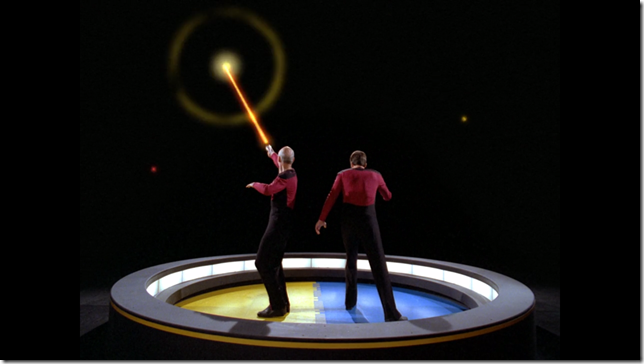Given current augmented reality technologies like Magic Leap and HoloLens, it has become a reflexive habit to associate augmented reality with head-mounted displays.
This tendency has always been present and has to undergo constant correction as in this 1997 paper by the legendary Ron Azuma that provides a survey of AR:
“Some researchers define AR in a way that requires the use of Head-Mounted Displays (HMDs). To avoid limiting AR to specific technologies, this survey defines AR as systems that have the following three characteristics:
1) Combines real and virtual
2) Interactive in real time
3) Registered in 3-D
“This definition allows other technologies besides HMDs while retaining the essential components of AR.”
Azuma goes on to describe the juxtaposition of real and virtual content from Who Framed Roger Rabbit as an illustrative example of AR as he has defined it. Interestingly, he doesn’t cite the holodeck from Star Trek as an example of HMD-less AR – probably because it is tricky to use fantasy future technology to really prove anything.
Nevertheless, the holodeck is one of the great examples of the sort of tetherless AR we all ultimate want. It often goes under the name “hard AR” and finds expression in Vernor Vinge’s Hugo winning Rainbow’s End.
The Star Trek TNG writers were always careful not to explain too much about how the holodeck actually worked. We get a hint of it, however, in the 1988 episode Elementary, Dear Data in which Geordi, Data and Dr. Pulaski enter the holodeck in order to create an original Sherlock Holmes adventure for Data to solve. This is apparently the first time Dr. Pulaski has seen a state-of-the-art holodeck implementation.
Pulaski: “How does it work? The real London was hundreds of square kilometers in size.”
Data: “This is no larger than the holodeck, of course, so the computer adjusts by placing images of more distant perspective on the holodeck walls.”
Geordi: “But with an image so perfect that you’d actually have to touch the wall to know it was there. And the computer fools you in other ways.”
What fascinates me about this particular explanation of holodeck technology is that it sounds an awful lot like the way Microsoft Research’s RoomAlive project works.
RoomAlive uses a series of coordinated projectors, typically calibrated using Kinects, to project realtime interactive content on the walls of the RoomAlive space using a technique called projection mapping.
You might finally notice some similarities between the demos for RoomAlive and the latest gaming demos for HoloLens.
These experiences are cognates rather than derivations of one another. The reason so many AR experiences end up looking similar, despite the technology used to implement them (and more importantly regardless of the presence or absence of HMDs), is because AR applications all tend to solve the same sorts of problems that other technologies, like virtual reality, do not.
According to an alternative explanation, however, all AR experiences end up looking the same because all AR experiences ultimately borrow their ideas from the Star Trek holodeck.
By the way, if you would like to create your own holodeck-inspired experience, the researchers behind RoomAlive have open sourced their code under the MIT license. Might I suggest a Sherlock Holmes themed adventure?



